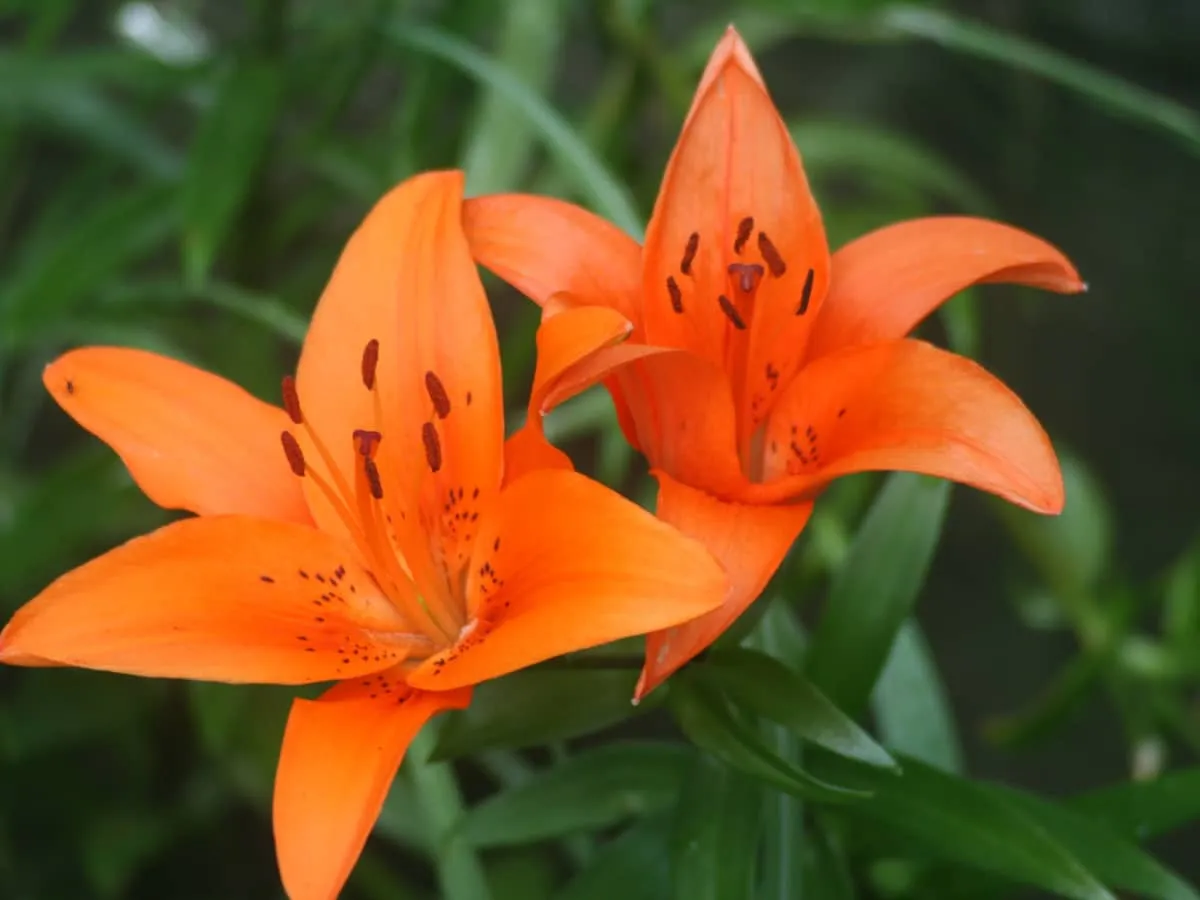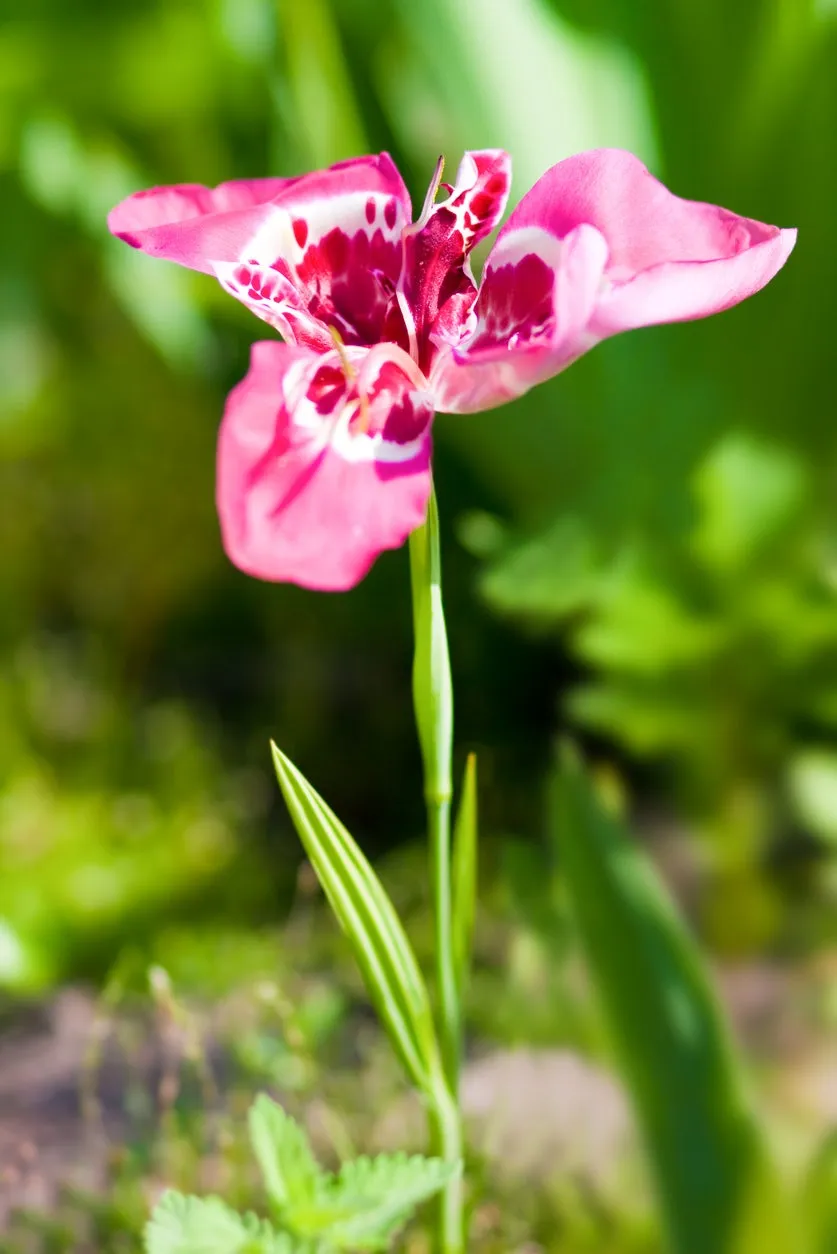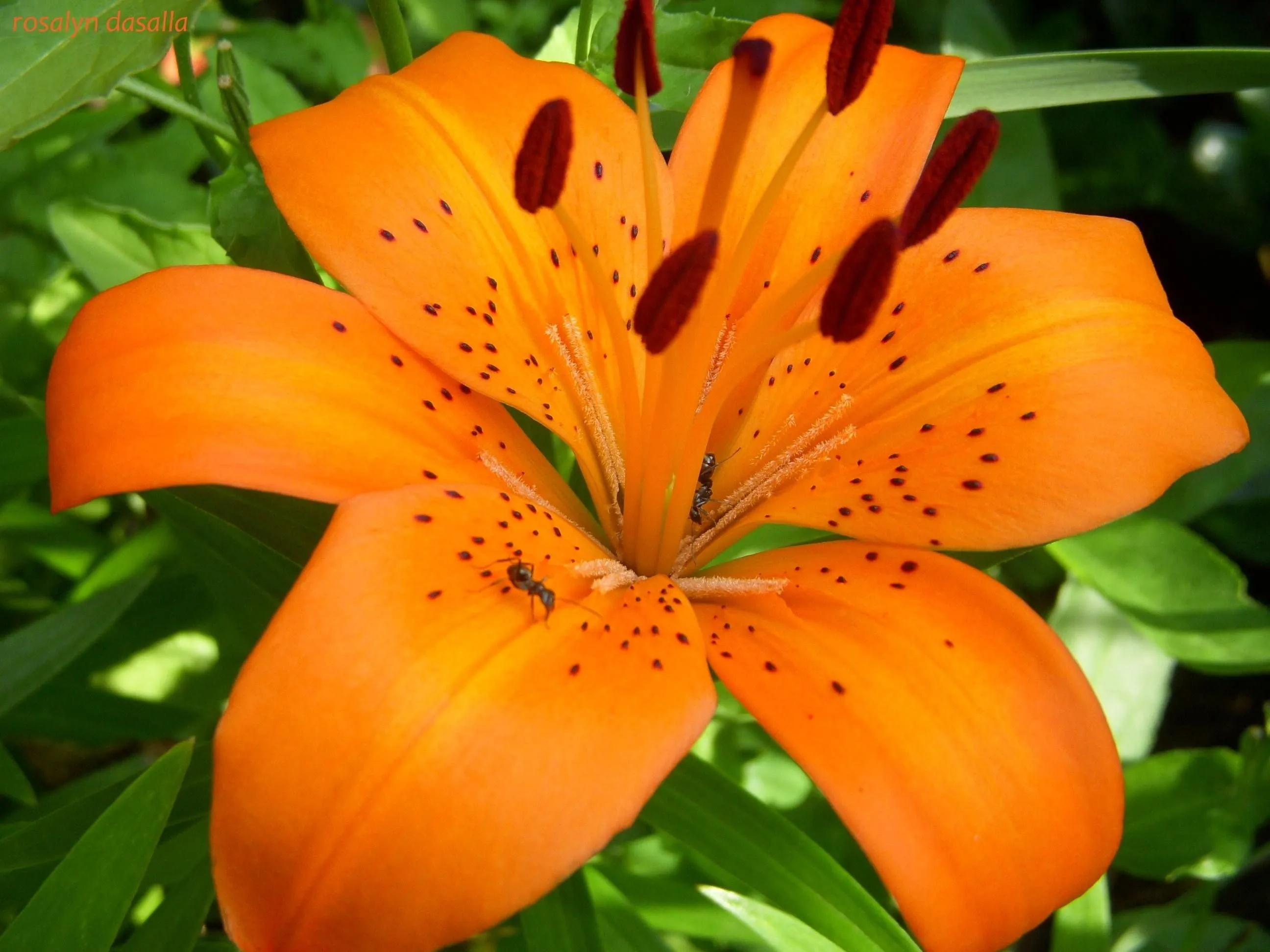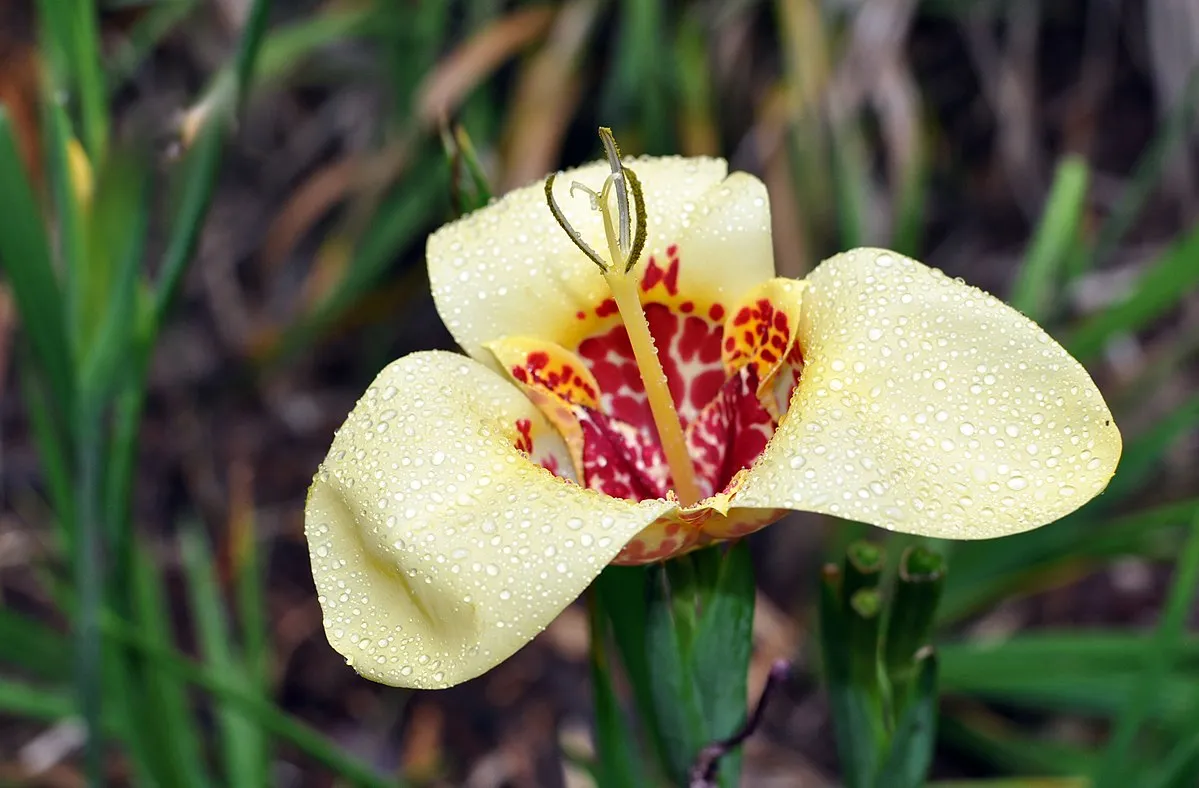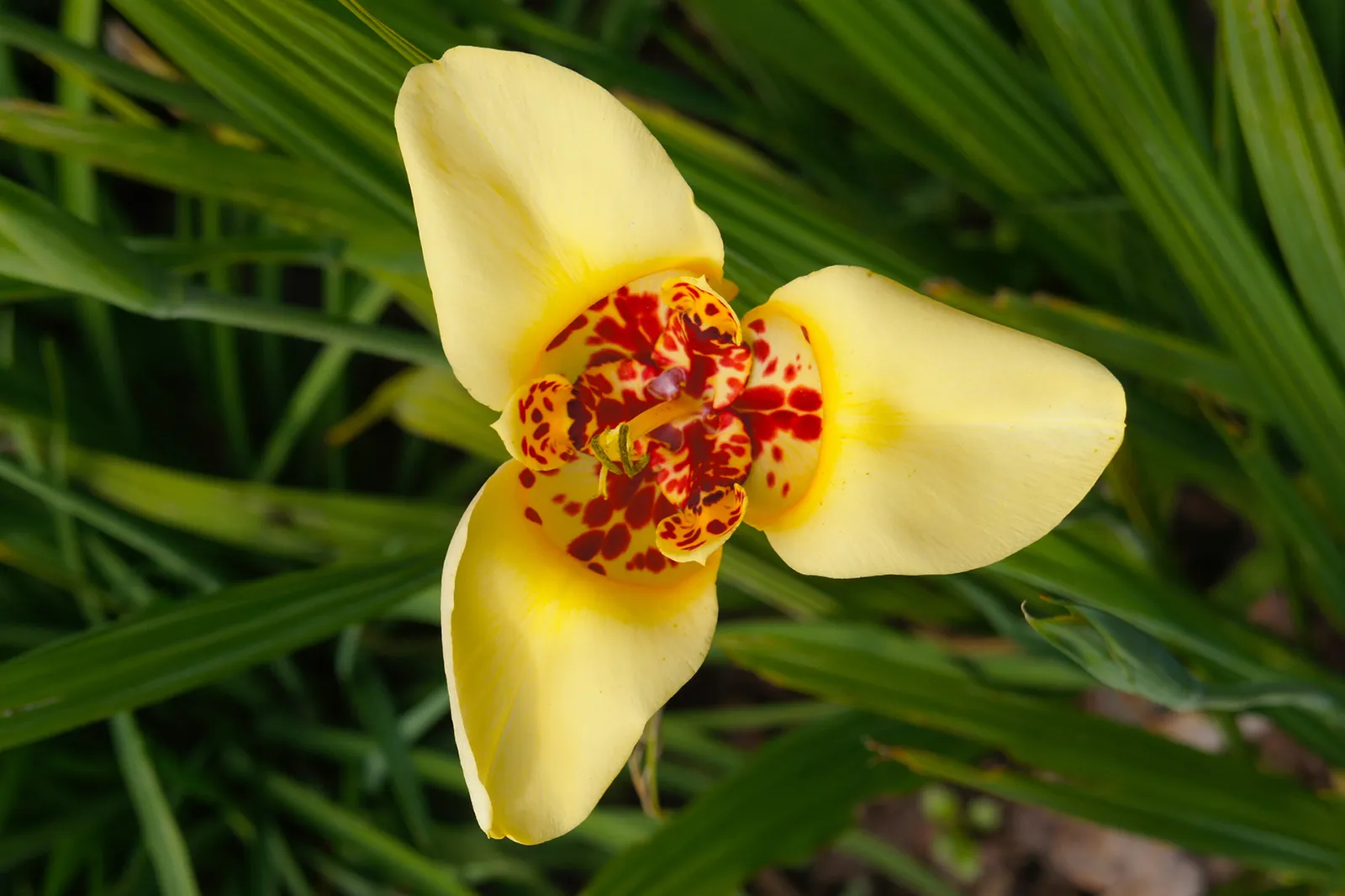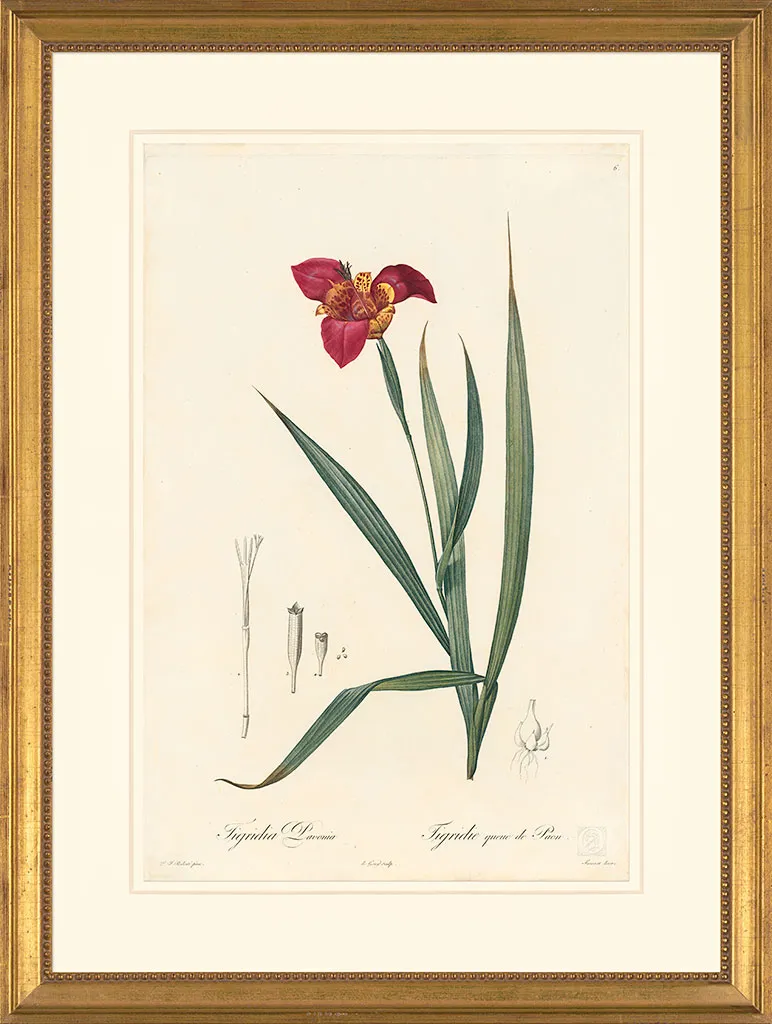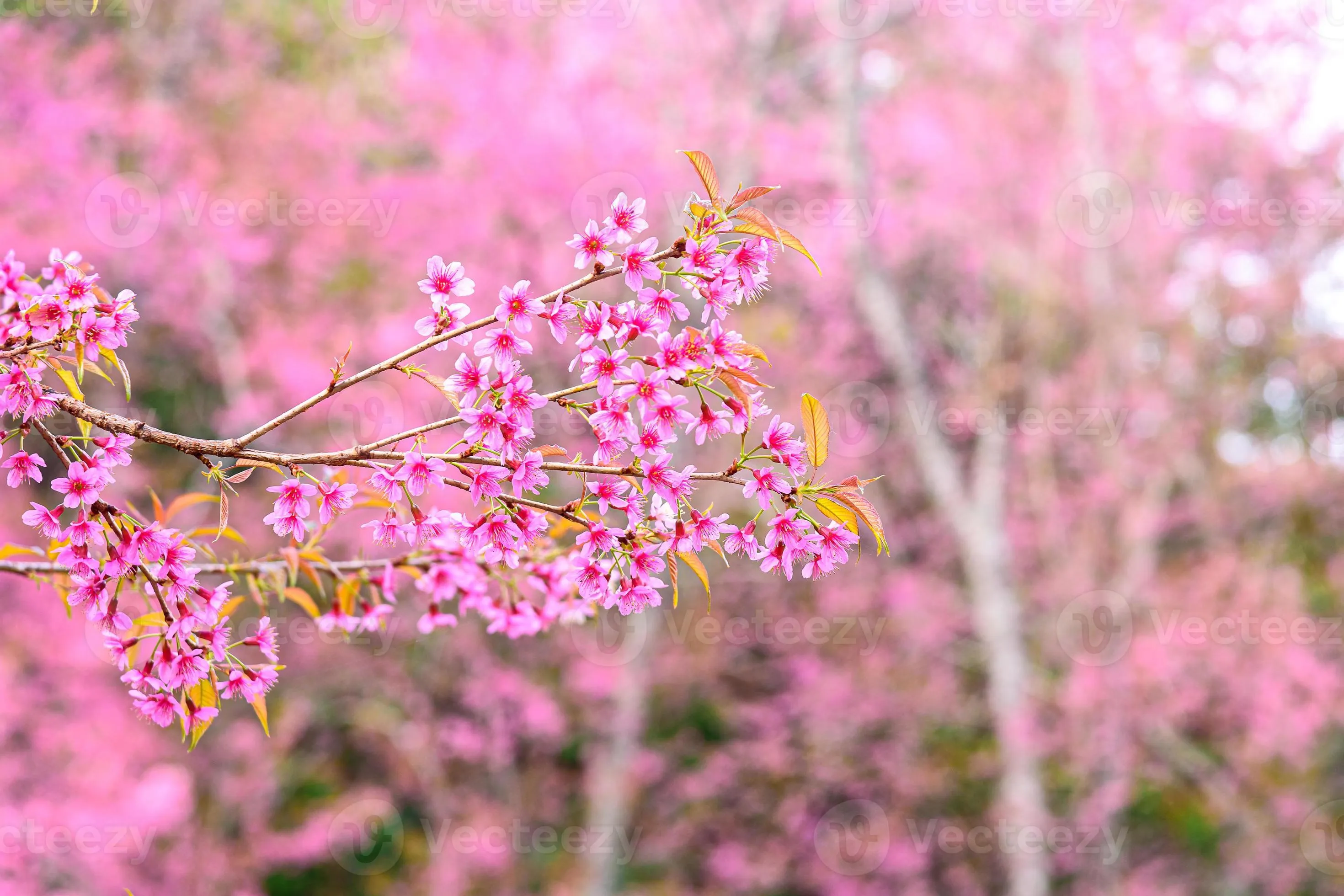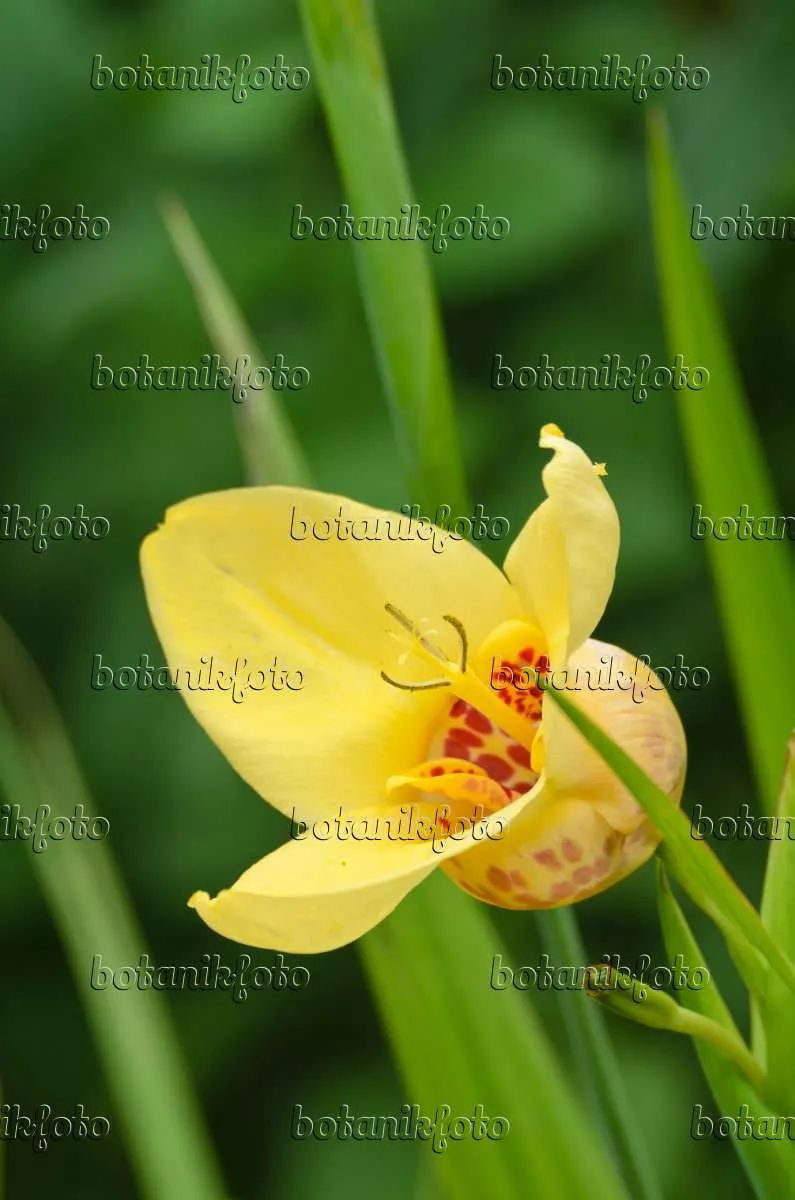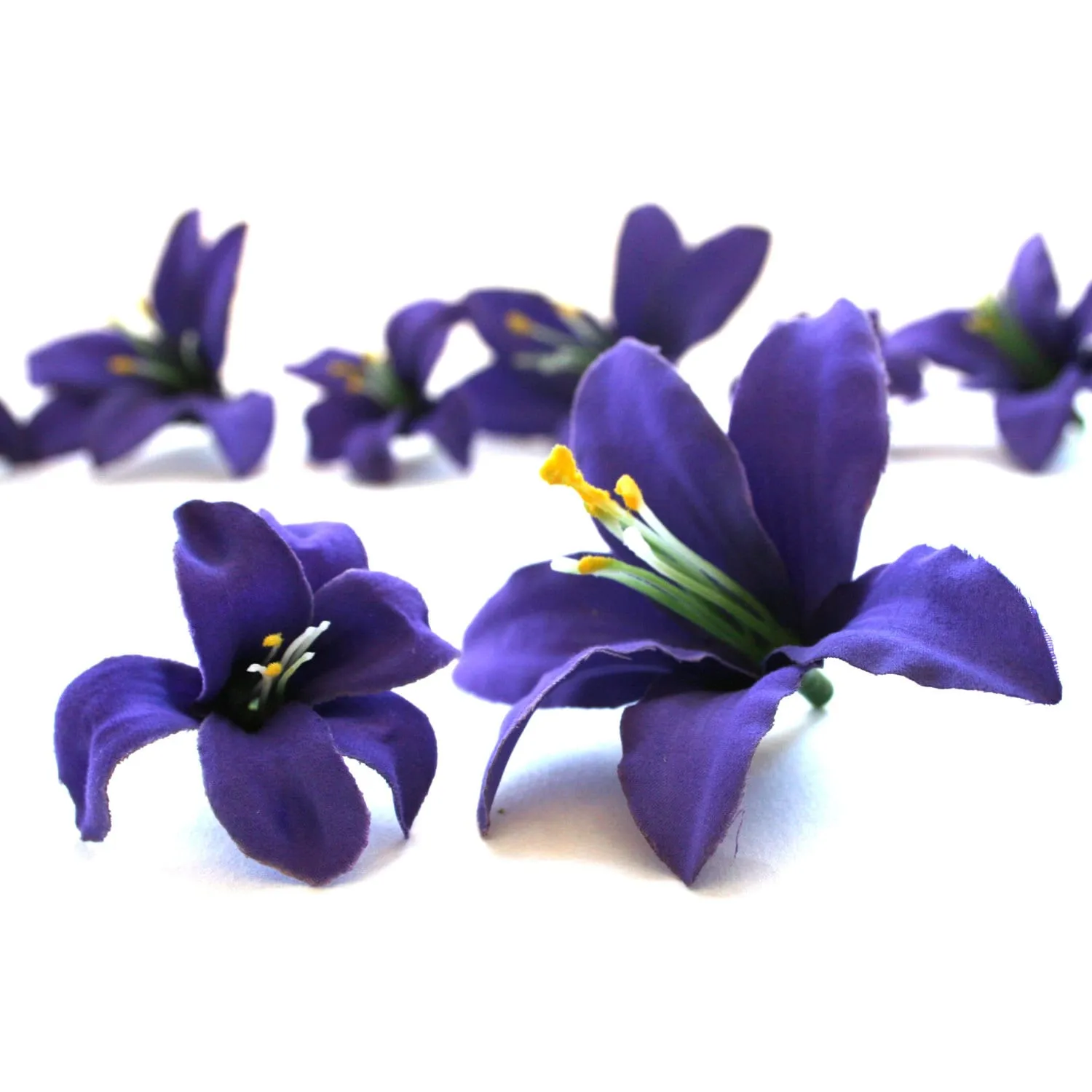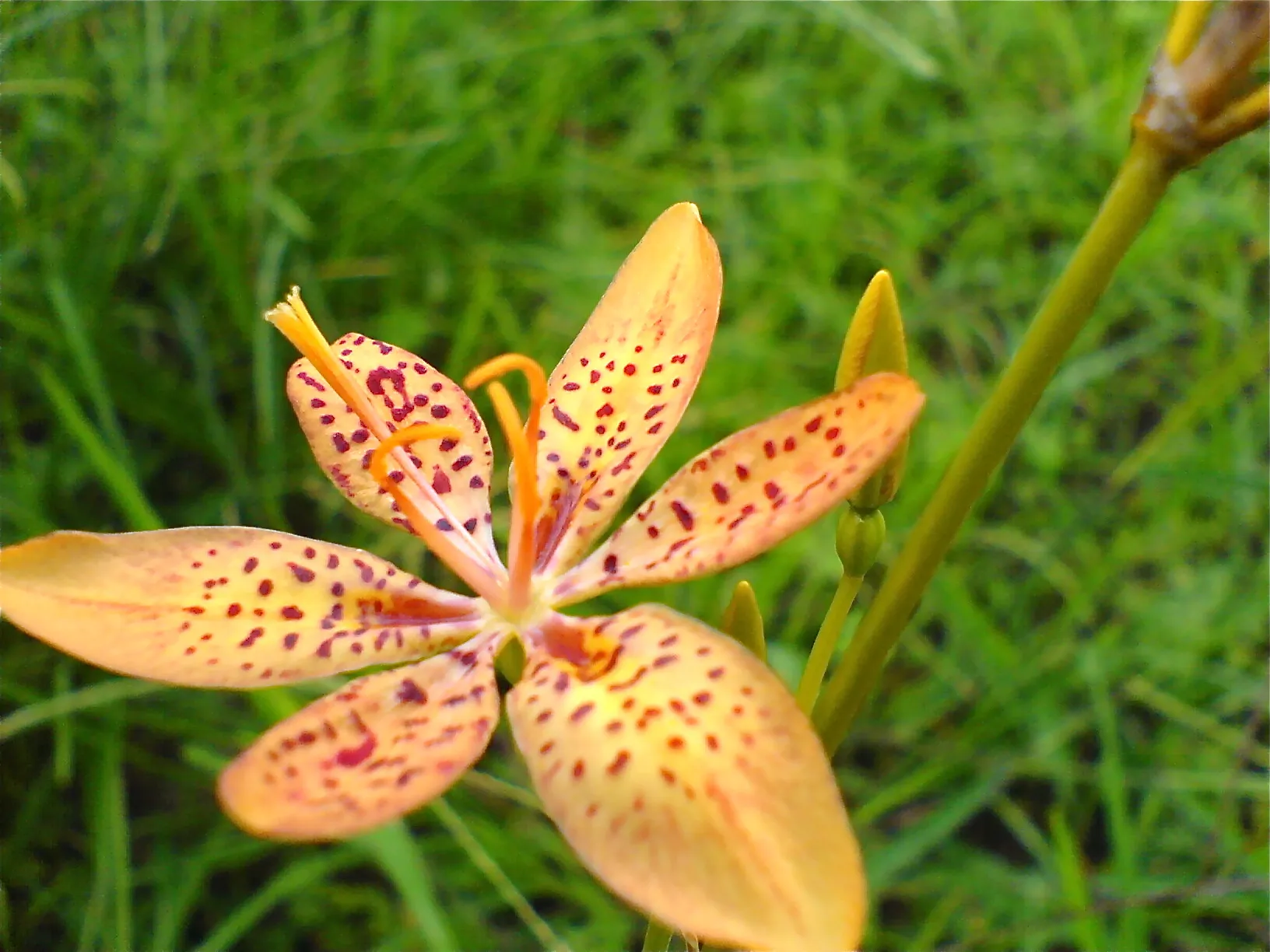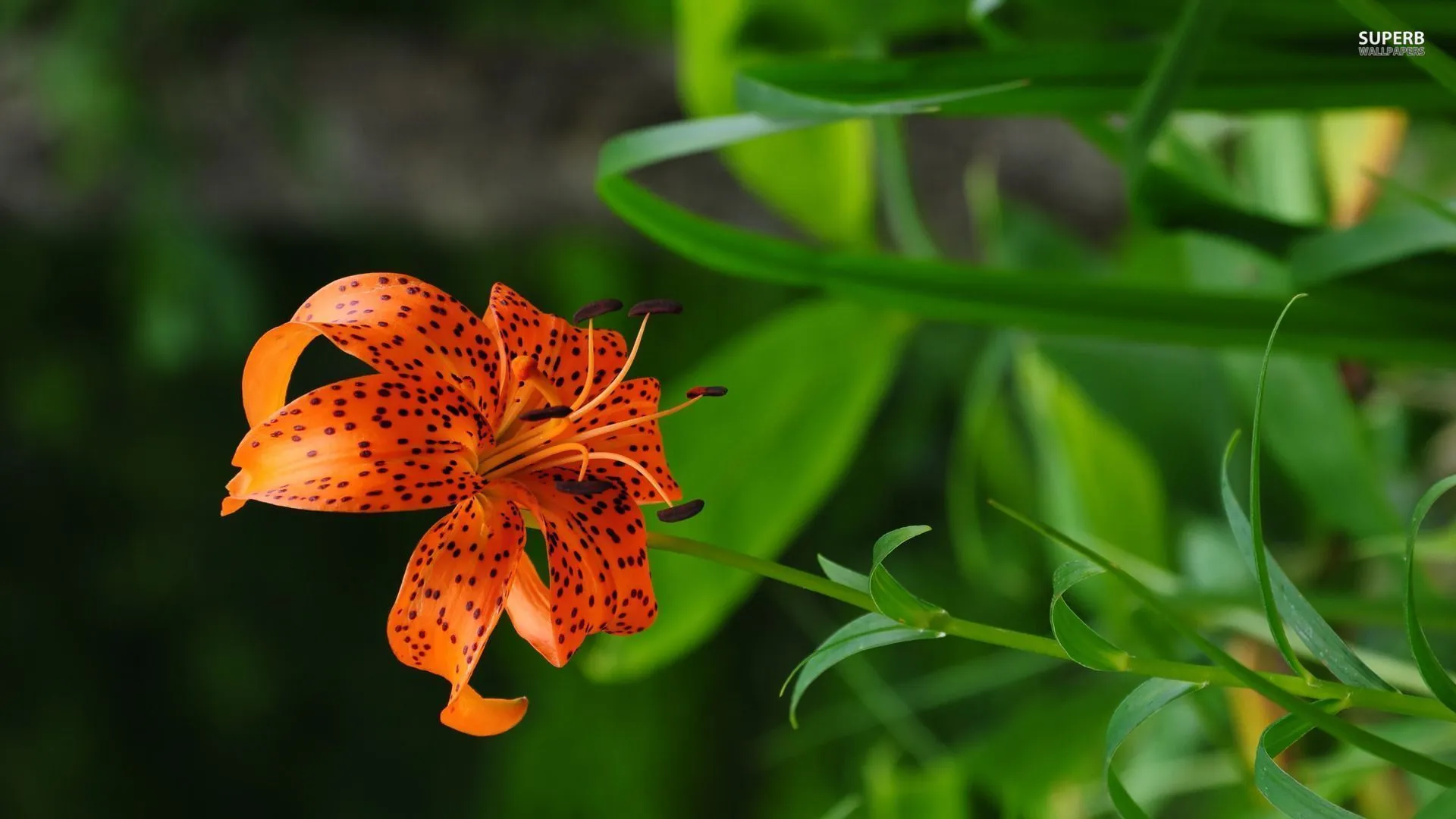Tiger Flower: A Striking Addition to Your Garden
Flowers have always been a symbol of beauty and grace. They add color and vibrancy to any space, be it a garden or a room. Flowers are not only beautiful but also have the power to lift our spirits and bring joy to our lives. One such flower that can bring a smile to anyone's face is the Tiger Flower. In this article, we will learn more about this exotic flower and how it can make a striking addition to your garden.
What is a Tiger Flower?
The Tiger Flower, also known as the Mexican Shell Flower or Tigridia, is a type of bulb flower native to Mexico and Central America. It is part of the Iris family and is known for its bright, showy blooms that resemble a tiger's stripes. The flower's scientific name is Tigridia pavonia, with "pavonia" meaning peacock in Latin. This is because the flower's petals have a similar color and pattern to that of a peacock's feathers.
Characteristics of the Tiger Flower
The Tiger Flower is a small, delicate flower that grows up to 2 feet tall. It has narrow, sword-shaped leaves that grow up to 18 inches long. The flower blooms from mid-summer to early fall and produces a single flower on each stem. The flower has a cup-like shape with three petals that are white, yellow, orange, or red in color with dark spots or stripes. The flower also has a prominent central stamen with a large, bright yellow anther.
Growing the Tiger Flower
The Tiger Flower is an easy-to-grow plant that can thrive in a variety of growing conditions. Here are some tips on how to grow this beautiful flower:
Soil
The Tiger Flower prefers well-draining soil that is rich in organic matter. The soil should be slightly acidic with a pH range of 5.5 to 6.5. If the soil is heavy or clayey, add compost or sand to improve drainage.
Sunlight
The Tiger Flower requires full sun to partial shade to grow. It can tolerate a few hours of shade in the afternoon but needs at least 6 hours of direct sunlight to produce blooms.
Watering
The Tiger Flower requires regular watering to grow. Water the plant deeply once a week, making sure the soil is moist but not waterlogged. Reduce watering during the dormant season to prevent the bulbs from rotting.
Temperature
The Tiger Flower is a warm-weather plant that thrives in temperatures between 60°F to 80°F. It can tolerate some frost but needs to be protected from hard freezes.
Propagation
The Tiger Flower can be propagated by dividing the bulbs in the spring or fall. Dig up the bulbs and separate the offsets, making sure each offset has a healthy root system. Plant the offsets in a well-draining soil mixture and water regularly.
Benefits of Growing the Tiger Flower
Apart from its striking appearance, the Tiger Flower has several benefits that make it a great addition to any garden. Here are some of the benefits of growing the Tiger Flower:
Low Maintenance
The Tiger Flower is a low-maintenance plant that requires minimal care. It can thrive in a variety of soil and light conditions and is relatively pest and disease-resistant.
Attracts Pollinators
The Tiger Flower attracts pollinators such as bees, butterflies, and hummingbirds to your garden. This can help to increase the biodiversity of your garden and promote the growth of other plants.
Long-Lasting Blooms
The Tiger Flower blooms for several weeks, providing a long-lasting display of color in your garden. The flowers are also great for cut arrangements and can last up to a week in a vase.
Versatile
The Tiger Flower can be grown in containers, borders, or as a mass planting. It can also be used as a companion plant for vegetables such as tomatoes, peppers, and eggplants.
Care and Maintenance of the Tiger Flower
The Tiger Flower requires minimal care and maintenance to thrive. Here are some tips on how to care for this beautiful flower:
Fertilization
The Tiger Flower benefits from regular fertilization during the growing season. Use a balanced fertilizer with equal amounts of nitrogen, phosphorus, and potassium. Fertilize once a month during the growing season, starting from the time the plant emerges from the soil.
Deadheading
Remove spent blooms regularly to encourage the plant to produce more flowers. Deadheading also helps to prevent the plant from self-seeding and spreading.
Overwintering
In colder climates, the Tiger Flower bulbs need to be dug up and stored indoors during the winter months. Dig up the bulbs after the foliage has died back and store them in a cool, dry place until spring.
Pest and Disease Control
The Tiger Flower is relatively pest and disease-resistant. However, it can be susceptible to fungal diseases such as gray mold and root rot. To prevent these diseases, avoid overwatering and provide good air circulation around the plant.
Conclusion
The Tiger Flower is a beautiful and exotic plant that can add a striking burst of color to your garden. It is easy to grow and requires minimal care and maintenance. The Tiger Flower's long-lasting blooms, versatility, and ability to attract pollinators make it a great addition to any garden. So why not consider adding this exotic beauty to your garden and enjoy its vibrant colors and unique patterned petals?
Frequently asked questions about Tiger flower wallpapers
Q: What is Tiger flower?
A: Tiger flower is a type of flower that has orange petals with black spots, resembling the stripes of a tiger.
Q: How many Tiger flower pictures are available on your website?
A: We have a collection of 39 Tiger flower pictures available for download.
Q: Can I download Tiger flower pictures for free?
A: Yes, all Tiger flower pictures on our website are available for free download.
Q: In what file types are Tiger flower pictures available for download?
A: Tiger flower pictures are available for download in .jpg, .png and .webp file formats.
Q: Can I choose the size of the Tiger flower pictures I want to download?
A: Yes, you can choose the size (width and height) of the Tiger flower pictures you want to download.
Q: Will the website automatically detect my mobile screen size and choose the right size for me?
A: Yes, our website is programmed to automatically detect the visitor's mobile screen size and choose the appropriate size for optimal viewing.
Q: Can I use Tiger flower pictures for commercial purposes?
A: The Tiger flower pictures on our website are available for free download for personal use only. If you wish to use them for commercial purposes, you will need to contact us for permission.
Q: Do I need to credit the website if I use Tiger flower pictures?
A: While it is not required, we would appreciate it if you credit our website if you use our Tiger flower pictures.
Q: Can I modify or edit Tiger flower pictures after downloading them?
A: Yes, you are allowed to modify or edit Tiger flower pictures after downloading them.
Q: Is there a limit on how many Tiger flower pictures I can download?
A: No, there is no limit on how many Tiger flower pictures you can download from our website.
Q: Are there any restrictions on how I can use Tiger flower pictures?
A: The Tiger flower pictures on our website are for personal use only. If you wish to use them for commercial purposes, you will need to contact us for permission. Additionally, the pictures cannot be used for illegal or offensive purposes.




